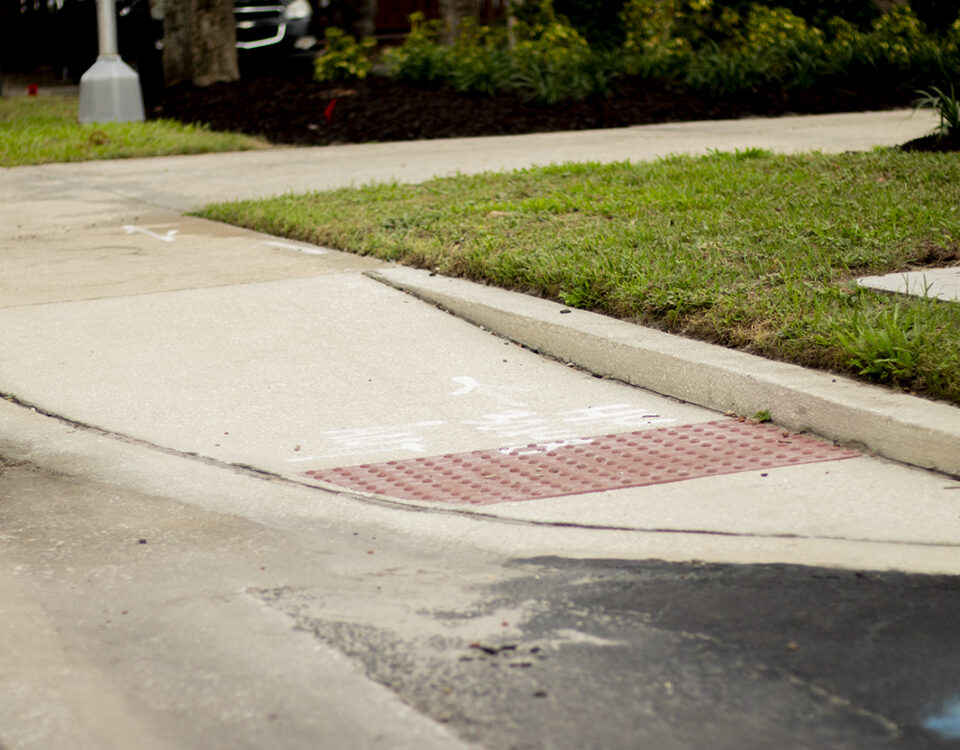Installing Accessible Paper Cup Dispensers for ADA Compliance
May 30, 2023
Enhancing Restroom Accessibility: Installing Full-Length Bathroom Mirrors for ADA Compliance
June 4, 2023The Americans with Disabilities Act (ADA) stands as a cornerstone of legislation, aiming to ensure equal access and inclusivity for individuals with disabilities in public spaces. Often overlooked, yet of vital significance, is the repositioning of paper towel dispensers in restrooms. In this article, we delve into the critical importance of this modification, explore the specific ADA standards and measurements involved, and underscore how it contributes to achieving restroom accessibility.
At a Glance
- Accessibility: Repositioning paper towel dispensers ensures that individuals with mobility challenges can access hand drying facilities independently, thereby promoting equal access.
- Independence: Properly positioned dispensers empower individuals with disabilities to maintain hygiene autonomously, fostering self-reliance and dignity.
- Safety: Well-placed dispensers enhance safety by reducing the risk of accidents and injuries during hand drying, benefiting everyone, not just individuals with disabilities.
- Legal Requirement: The ADA mandates precise standards for paper towel dispenser placement to ensure fairness and restroom accessibility.
- Inclusivity: Repositioning paper towel dispensers aligns with universal design principles, making restrooms more welcoming and convenient for everyone, regardless of their abilities.
ADA Standards and Measurements:
ADA guidelines offer meticulous standards for the placement of paper towel dispensers to enhance accessibility:
- Height: According to ADA standards, the paper towel dispenser should be mounted with the operating mechanism no higher than 48 inches above the floor. This height ensures that individuals using wheelchairs or mobility aids can comfortably reach the dispenser.
- Forward Reach: When the paper towel dispenser is wall-mounted, it should be positioned within a forward reach range of 15 to 48 inches above the floor. This range accommodates individuals whether they are standing or using a mobility aid.
The Importance of Compliance:
Repositioning paper towel dispensers transcends mere compliance; it is about prioritizing accessibility, hygiene, and ensuring that everyone, regardless of their abilities, can maintain cleanliness with dignity and ease. Properly positioned dispensers are essential for individuals with disabilities as they allow for equal participation in various aspects of daily life.
Promoting Independence:
Correctly positioned dispensers empower individuals with disabilities to maintain hand hygiene independently. Knowing they can access the dispenser without assistance fosters self-reliance and contributes to a more dignified restroom experience.
Enhancing Safety and Accessibility:
Properly positioned dispensers significantly enhance restroom safety and accessibility. They reduce the risk of accidents and injuries during hand drying, benefiting not only individuals with disabilities but also everyone who uses the facilities.
Universal Design and Inclusivity:
The principle of universal design underscores the idea that environments and products should be accessible and usable by everyone, regardless of age, size, or ability. Repositioning paper towel dispensers in accordance with ADA standards exemplifies this principle, making restrooms more welcoming and convenient for everyone.
Consideration for All Users:
Repositioning paper towel dispensers is not a special accommodation; it is a thoughtful consideration for all restroom users. It acknowledges that everyone deserves the opportunity to maintain personal hygiene with ease and without the risk of accidents.
Ensuring Compliance:
To ensure compliance with ADA standards, businesses and public facilities should conduct regular assessments of their restroom facilities. This includes verifying the correct placement of paper towel dispensers and making any necessary adjustments to meet ADA requirements.
Community Involvement:
Community involvement and education play pivotal roles in promoting ADA compliance. Businesses and organizations can collaborate with disability advocacy groups and engage in outreach programs to raise awareness about the importance of accessible restroom facilities.
In conclusion, repositioning paper towel dispensers is a critical step toward achieving a more accessible and inclusive society. It ensures restroom accessibility, promotes independence, enhances safety, and exemplifies a commitment to the principles of the ADA. As we continue to adapt our public spaces, let us remember that this modification is more than just an addition; it is a tangible expression of our dedication to ensuring that everyone, regardless of their abilities, can maintain hygiene with safety and dignity.



